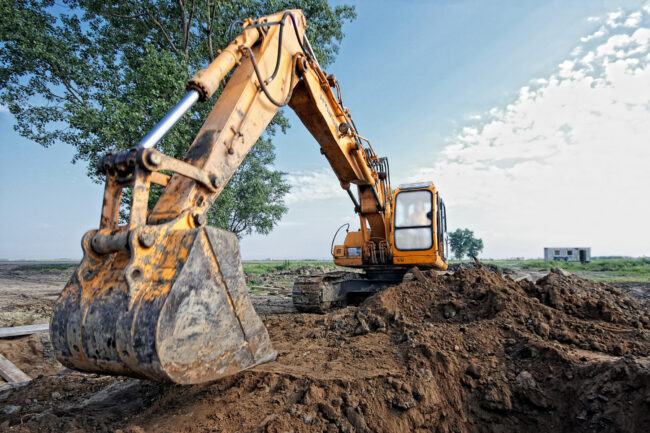Building Strong Foundations: The Importance of Proper Excavation Techniques
Civil excavation is a fundamental process in construction and engineering projects, involving the removal of earth, rock, or other materials to create space for building foundations, utilities, roadways, and other infrastructure. This critical phase sets the groundwork for the entire project, laying the foundation for future development and ensuring structural integrity. From small-scale residential projects to large-scale commercial developments, Civil excavation plays a pivotal role in shaping the built environment and supporting urban growth.
At its core, civil excavation involves a series of carefully orchestrated steps, beginning with site preparation and excavation planning. Prior to breaking ground, engineers and surveyors assess the site to identify potential hazards, determine soil conditions, and develop a comprehensive excavation plan. This plan outlines the scope of work, excavation methods, safety protocols, and environmental considerations to ensure that the project proceeds safely and efficiently.

Once the excavation plan is in place, the actual digging process begins, typically using heavy machinery such as excavators, bulldozers, and backhoes. Excavators are equipped with buckets or hydraulic attachments that allow for precise digging, grading, and earthmoving operations. Skilled operators maneuver these machines to excavate trenches, basements, or building pads according to the project specifications, maintaining precise depths and dimensions throughout the process.
Proper excavation techniques are essential for ensuring the stability and longevity of structures built on the site. During excavation, engineers pay close attention to soil conditions, groundwater levels, and potential geological hazards to mitigate risks and prevent foundation issues down the line. Depending on the site’s characteristics, different excavation methods may be employed, including open excavation, trenching, or cut-and-fill techniques.
In addition to creating space for building foundations, civil excavation also involves the installation of underground utilities such as water, sewer, and electrical lines. These utilities play a critical role in supporting urban infrastructure and providing essential services to communities. During excavation, careful coordination is required to avoid damaging existing utilities and ensure proper installation of new infrastructure according to regulatory standards.
In summary, civil excavation is a foundational process in construction and engineering projects, shaping the landscape and supporting urban development. By understanding the essentials of excavation techniques and adhering to strict safety and environmental protocols, engineers and contractors can lay the groundwork for successful and sustainable infrastructure projects that stand the test of time.
